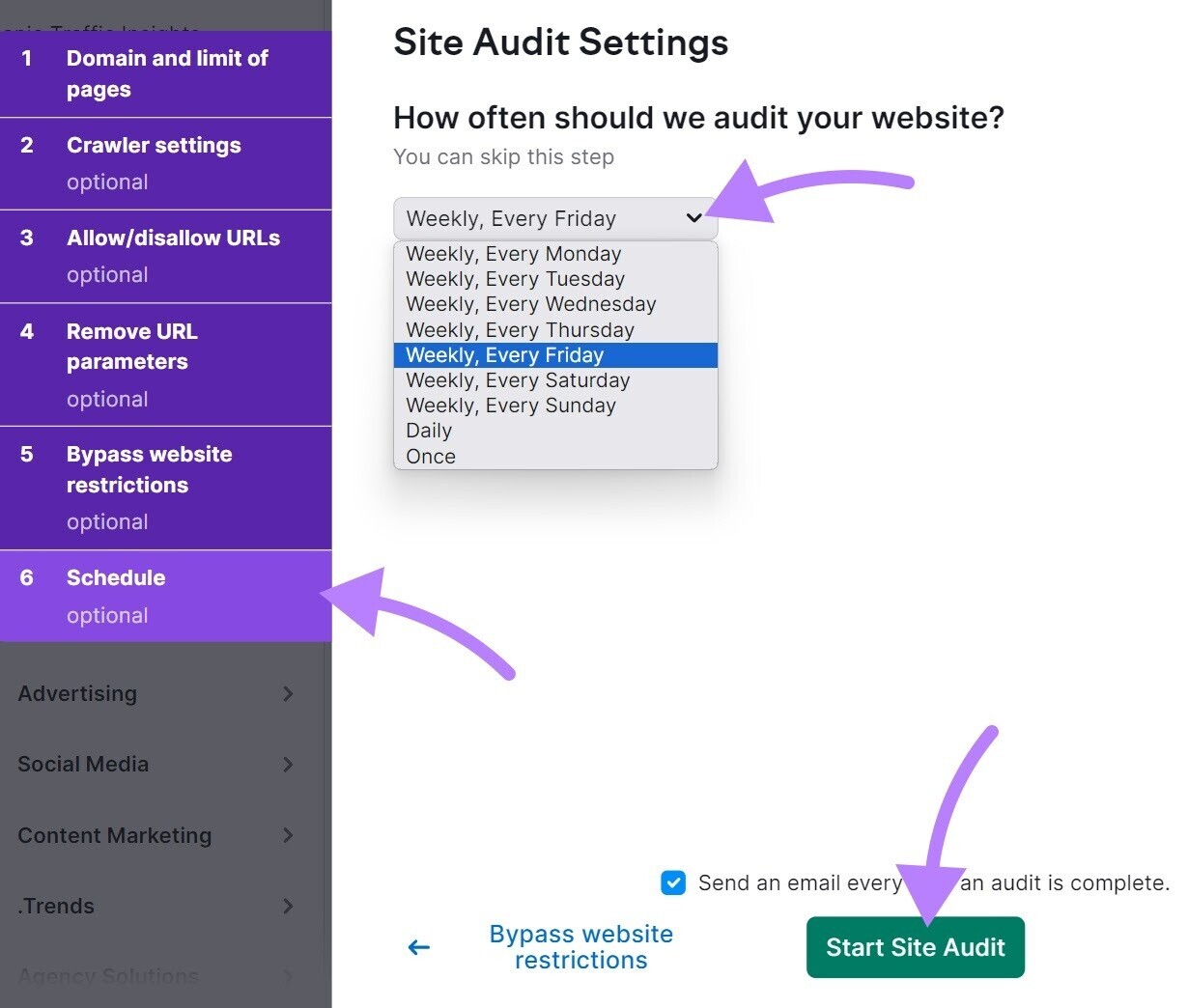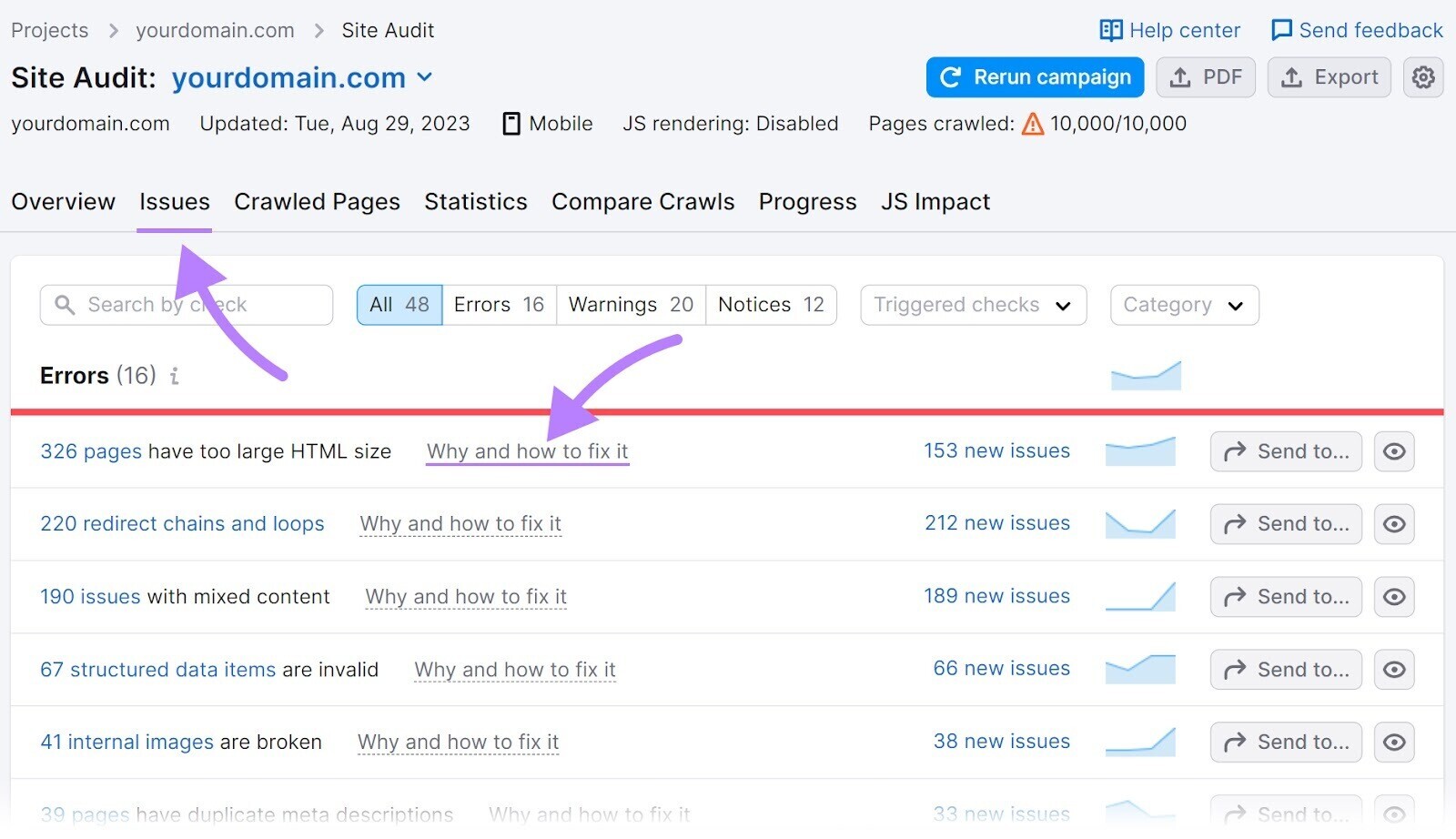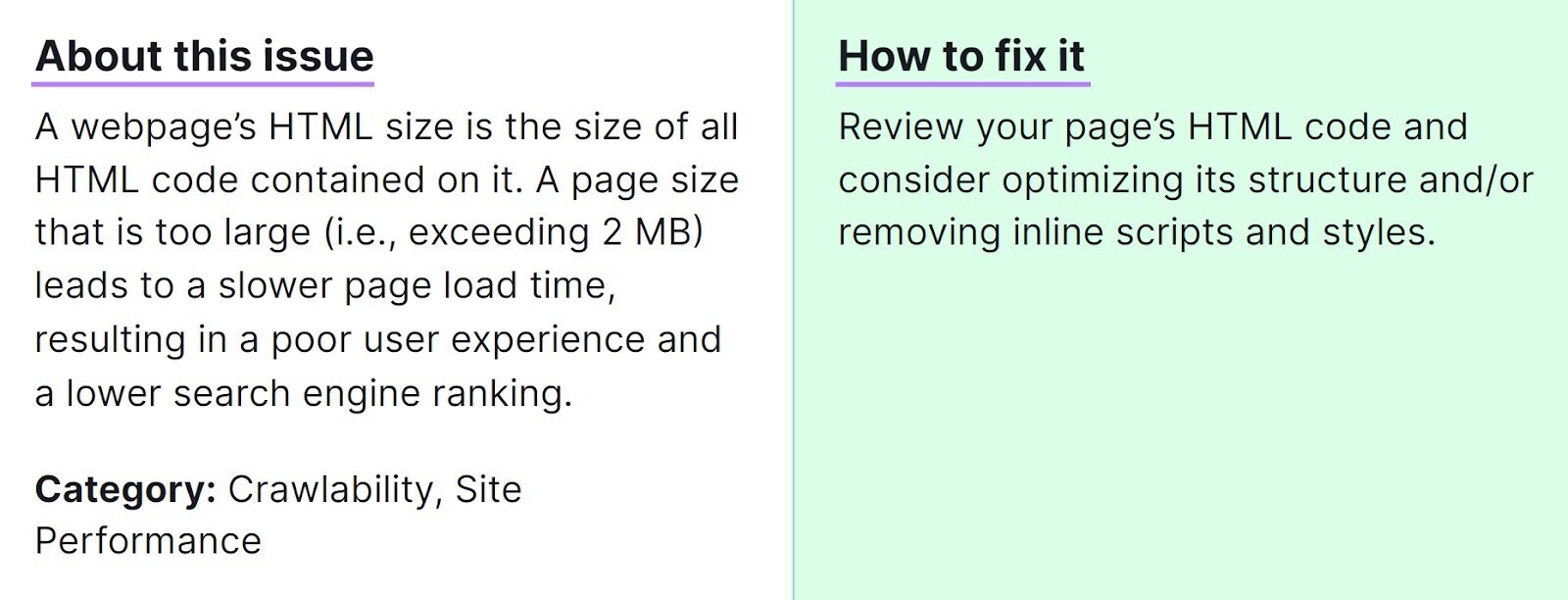Table of Contents
Introduction
Search Engine Optimization (SEO) is the process of enhancing your website’s visibility in search engine results pages, thus attracting more organic traffic. By optimizing various aspects of your site, you can improve its ranking on search engines like Google.
In this comprehensive guide, we will delve into a wide array of SEO strategies and best practices to help you enhance your website’s performance in search results. These techniques are designed to equip you with the knowledge and tools necessary to elevate your online presence.
We encourage you to implement these strategies as we navigate through this guide. By doing so, you will be better equipped to outperform competitors and secure a prominent position in the highly competitive digital realm.
1. Conducting Keyword Research for SEO Rankings
Keyword research is a critical step in optimizing your website for search engines and improving your online visibility. Understanding user intent and targeting the right audience with relevant keywords can significantly impact your SEO rankings. Here are some key points to consider:
Significance of keyword research
Keyword research allows you to identify the specific words and phrases that users are searching for, helping you tailor your content to meet their needs. By understanding user intent, you can create targeted content that resonates with your audience and improves your chances of ranking higher in search results.
Recommended tools
There are several effective tools available for keyword research, such as Semrush, Mangools, and Moz’s Keyword Explorer. These tools provide valuable insights into search volume, competition level, and related keywords, enabling you to make informed decisions when choosing the right keywords for your website.
Discovering long-tail keywords
Long-tail keywords are longer and more specific phrases that have lower competition but higher search volume. These keywords can be valuable in attracting highly targeted traffic to your website. By incorporating long-tail keywords into your content strategy, you can increase your chances of ranking well for niche topics and capturing relevant organic traffic.
Example of success
To illustrate the impact of proper keyword research, consider a website that was struggling to gain visibility in search results. After conducting thorough keyword research and optimizing their content accordingly, they were able to climb the search rankings and achieve higher organic traffic. This example highlights the importance of keyword research in driving SEO success.
Remember, effective keyword research is a continuous process that requires monitoring and adapting to changing trends and user behavior. By staying up-to-date with the latest keyword research techniques and utilizing the right tools, you can optimize your website for SEO rankings and improve your overall online presence.
2. How Can SEO Benefit Your Website?
Explain the significance of keyword research in understanding user intent and targeting the right audience.
Keyword research is essential for understanding the language your audience uses when searching for information, products, or services online. By identifying the right keywords, you can align your content with the specific needs and interests of your target audience. This enables you to create relevant and valuable content that resonates with users, ultimately driving organic traffic to your website.
Recommended tools for effective keyword research
Utilizing tools like Semrush, Mangools, and Moz’s Keyword Explorer can provide valuable insights into search volume, competition level, and related keywords. These tools enable you to identify high-potential keywords that align with your business objectives and audience preferences.
Methods to discover long-tail keywords with low competition and high search volume
Long-tail keywords are highly specific phrases that tend to have lower competition and higher conversion rates. Through thorough research and analysis, you can uncover these valuable long-tail keyword opportunities that allow you to target niche audiences and enhance your overall SEO strategy.
Example of how proper keyword research helped a website climb the search rankings
For instance, a local bakery used keyword research to identify long-tail keywords related to specialty desserts. By optimizing their website content with these targeted keywords, they significantly improved their visibility in local search results, attracting more qualified leads and increasing overall customer engagement.
3. Why is SEO Important for Websites?
Understanding User Intent and Targeting the Right Audience
Effective keyword research is crucial for understanding what users are searching for and aligning your content with their intent. By targeting the right keywords, you can attract relevant traffic to your website.
Recommended Tools for Keyword Research
Tools such as Semrush, Mangools, and Moz’s Keyword Explorer provide valuable insights into search volume, competition, and related keywords, helping you make informed decisions about your SEO strategy.
Discovering Long-Tail Keywords
Long-tail keywords with low competition and high search volume present valuable opportunities to capture niche audiences. By incorporating these keywords into your content, you can improve your chances of ranking higher in search results.
Real-Life Example
Consider a scenario where a website implemented a comprehensive keyword research strategy, identified untapped long-tail keywords, and optimized its content accordingly. As a result, the website experienced a significant increase in search rankings and organic traffic, demonstrating the direct impact of effective SEO practices.
4. Doing Topic Research for Audience Relevance
When it comes to SEO, it’s not just about targeting the right keywords, but also aligning your content with the interests of your target audience. Thorough topic research is essential to ensure that your website provides relevant and valuable information to your visitors. Here are some approaches you can use to conduct topic research:
Competitor Analysis
Analyzing the content of your competitors can give you insights into what topics are resonating with your target audience. Look at the type of content they are producing, the engagement it receives, and the keywords they are targeting.
Leveraging BuzzSumo
BuzzSumo is a powerful tool that allows you to discover trending ideas and popular content in your industry. By analyzing the most shared content, you can identify topics that have the potential to attract a large audience.
Utilizing Google Search
Google itself is a valuable resource for topic research. Use related search queries at the bottom of the search results page to explore different angles and variations of your chosen topic. This can help you expand on your content strategy and create comprehensive and informative articles.
By conducting thorough topic research, you can ensure that your website addresses the interests and needs of your target audience, ultimately improving user experience and increasing engagement on your site.
5. Outlining and Optimizing Your Content
When it comes to optimizing your content for search engines, creating a well-structured blog post outline that incorporates targeted keywords effectively is crucial. This helps in organizing your thoughts and ensuring that your content is focused and relevant to your audience. Craft attention-grabbing headlines with the primary keyword at the forefront to capture the reader’s attention and signal the relevance of your content to search engines.
Strategically placing keywords in key areas of the content, such as the title tag, opening paragraph, subheadings, and meta description, can significantly impact your search engine rankings. Additionally, ensuring a seamless reading experience for both users and search engines through proper formatting and the use of descriptive alt text for images can enhance the accessibility and relevance of your content.
These optimization techniques not only improve your SEO rankings but also contribute to a better user experience, ultimately driving higher engagement and conversions on your website.
6. Optimizing Technical Elements of Your Website
When it comes to improving your website’s visibility in search engines, it’s important to pay attention to the technical aspects of your site. This includes optimizing the structure and organization of your website to make it easier for search engine crawlers to navigate and understand.
Understanding the impact of website structure on crawlability and indexability
The way your website is structured can have a significant impact on how search engines crawl and index your pages. A well-organized site structure makes it easier for search engine bots to discover and understand the content on your site, which can ultimately lead to higher rankings.
Here are some key points to keep in mind:
- Clear navigation: Ensure that your website has a clear and intuitive navigation menu that allows users (and search engines) to easily find their way around different sections of your site.
- URL structure: Use descriptive and user-friendly URLs that accurately reflect the content of each page. Avoid using generic or random strings of numbers and characters.
- Hierarchy: Organize your content into logical categories and subcategories, using headings and subheadings to indicate the hierarchy of information.
- Internal linking: Include relevant internal links within your content to help search engines understand the relationships between different pages on your site.
Best practices for organizing your site’s navigation, URLs, and internal linking structure
To optimize these elements of your website, consider implementing the following best practices:
- Simplify navigation: Limit the number of menu items in your navigation menu to avoid overwhelming users with too many choices. Focus on highlighting the most important pages or sections of your site.
- Use breadcrumbs: Breadcrumbs are a type of secondary navigation scheme that displays the user’s current location within a website or application. They can be helpful for both users and search engines in understanding the structure of your site.
- Optimize page titles and meta descriptions: Each page on your site should have a unique and descriptive title tag and meta description. These elements not only help with SEO but also provide users with a preview of what they can expect to find on the page.
- Implement schema markup: Schema markup is a type of structured data that can be added to your website’s HTML code to provide additional context and information about your content. This can help search engines better understand and display your content in search results.
- Create an XML sitemap: An XML sitemap is a file that lists all the pages on your website, helping search engines discover and crawl them more efficiently. Be sure to submit your sitemap to search engines like Google through their webmaster tools.
Dealing with common technical issues like duplicate content and implementing canonical tags to consolidate page relevance
As you work on optimizing your website, you may come across some common technical issues that can negatively impact your SEO efforts. Two of these issues are duplicate content and multiple URLs pointing to the same page.
Duplicate content refers to blocks of content within or across domains that either completely match other content or are very similar. Search engines may struggle to determine which version of the content is more relevant, leading to lower rankings for both pages.
To address duplicate content, consider implementing the following strategies:
- 301 redirects: If you have multiple versions of the same page (e.g., HTTP vs. HTTPS, www vs. non-www), use 301 redirects to redirect traffic from the non-preferred version to the preferred version.
- Canonical tags: If you have similar or identical content on multiple pages, use canonical tags to indicate the preferred version of the page that should be indexed by search engines.
Canonical tags are HTML elements that specify the preferred version of a web page when there are multiple versions available. By implementing canonical tags, you can consolidate the relevance and ranking signals of different URLs into a single canonical URL, helping search engines understand which version of the page should be shown in search results.
When implementing canonical tags, keep the following guidelines in mind:
- Use self-referencing canonicals: If a page has multiple URLs (e.g., due to URL parameters or tracking codes), use a self-referencing canonical tag to point back to itself as the preferred version.
- Be consistent with your canonicalization: Ensure that all versions of a page (www vs. non-www, HTTP vs. HTTPS) consistently reference the same canonical URL.
- Avoid using multiple canonicals on a single page: Each page should have one canonical URL specified. Using multiple canonical tags can confuse search engines and may result in incorrect indexing.
By addressing these common technical issues and implementing best practices for website structure optimization, you can improve your site’s crawlability, indexability, and overall SEO performance.
7. Creating High-Quality and Engaging Content
The crucial role of valuable and compelling content in attracting both readers and backlinks is essential for the success of any website. Writing for readers versus writing for search engines is a delicate balance that requires a deep understanding of user intent and the ability to provide valuable information.
When creating content, it’s important to optimize multimedia elements such as images and videos for SEO purposes. High-quality images with descriptive alt text can enhance the user experience and improve search engine rankings. Similarly, optimizing videos with descriptive titles, tags, and descriptions can make them more discoverable and engaging for users.
By focusing on producing high-quality content that resonates with your target audience, you can increase user engagement, attract natural backlinks, and ultimately improve your website’s visibility in search engine results.
8. Promoting Your Content for Maximum Visibility
Promoting your content is essential to maximize its visibility and reach your target audience. By developing a comprehensive content promotion strategy, you can ensure that your valuable content gets the attention it deserves. Here are some key points to consider:
- Social media outreach: Social media platforms provide a powerful way to promote your content and engage with your audience. Utilize platforms like Facebook, Twitter, LinkedIn, and Instagram to share your content and interact with your followers. Create compelling social media posts that highlight the key points of your content and encourage users to click through to your website.
- Influencer partnerships: Collaborating with influencers in your industry can significantly boost the reach of your content. Identify influencers who align with your brand values and have a substantial following. Reach out to them with personalized pitches, offering them value in exchange for promoting your content to their audience.
- Email marketing campaigns: Email marketing remains an effective way to promote your content directly to your subscribers. Build an email list of interested readers and send regular newsletters featuring your latest blog posts or other valuable resources. Use attention-grabbing subject lines and persuasive copy to encourage recipients to open and engage with your emails.
- Offline promotion opportunities: Don’t overlook offline promotion as a means to drive online visibility. Consider hosting local events or participating in industry conferences where you can showcase your expertise and direct attendees to your website for more information. Offline networking can lead to valuable connections and collaborations that can further amplify the reach of your content.
Remember, effective content promotion requires consistency and a multi-channel approach. By leveraging social media, influencer partnerships, email marketing, and offline opportunities, you can maximize the visibility of your content and drive traffic to your website.
9. What Are the Latest SEO Trends and Tools for Websites?
Keyword research is crucial for understanding what users want and targeting the right audience. By finding out which keywords your target audience is using, you can make your website more visible in search engine results pages (SERPs). Here are some important things to know:
1. Recommended Tools
To do effective keyword research, you can use tools like Semrush, Mangools, and Moz’s Keyword Explorer. These tools give you useful information about how often a keyword is searched for, how competitive it is, and other related keywords.
2. Finding Long-Tail Keywords
It’s a good idea to focus on long-tail keywords that have low competition but still get a decent amount of searches. These keywords are more specific and targeted, so they can bring in relevant traffic to your website. By including these long-tail keywords in your content, you can increase your chances of ranking higher in SERPs.
3. Success Story
Here’s an example of how proper keyword research can make a difference for a website:
A website used the right keyword research techniques and found long-tail keywords that were relevant to their business but had low competition. They then optimized their content by including these keywords naturally.
As a result, their website started climbing up the search rankings and saw an increase in organic traffic (people finding their website through search engines) as well as conversions (people taking desired actions on their website).
4. Stay Updated with SEO Trends
It’s important to keep up with the latest SEO trends and changes in search algorithms. This way, you can adapt your strategies and stay competitive in the ever-changing world of search.
By using effective keyword research tools and staying informed about SEO trends, you can make sure that your website stays ahead of the game when it comes to search engine visibility.
10. Staying Updated with SEO Trends and Algorithm Changes
The world of SEO is constantly evolving, and it’s important to stay on top of the latest trends and algorithm changes. Here are some tips to help you stay updated:
- Use Tools for Real-Time Insights: To effectively monitor your website’s SEO performance and track keyword rankings, consider using tools that provide real-time data. This will give you a better understanding of how your website is performing and help you identify areas for improvement.
- Follow Reputable Sources: Keeping up with industry updates is crucial in understanding and adapting to algorithm changes. Follow reputable sources like the Google Search Central blog to stay informed about the latest news and best practices.
- Continuously Learn and Adapt: SEO is not a one-time task; it requires continuous learning and adaptation. Stay proactive by attending webinars, reading industry publications, and participating in online communities to expand your knowledge and stay ahead of the curve.
By staying informed and proactive, you can ensure that your website remains optimized for search engines, providing valuable content that aligns with evolving best practices and user expectations.
Find and Fix Website Issues (From: “semrush.com“)
Regularly auditing your site’s performance is crucial. Especially for new websites.
It’s the best way to see what’s working and what’s not. And adjust accordingly.
One of the easiest ways to do this is to audit your site with Site Audit. The tool will scan your site for 140+ issues. And show you how to fix them.
If you haven’t yet set up this tool, follow the Site Audit configuration instructions.
And make sure to select the “Schedule” tab on the left-hand side. And select your preferred day of the week for the tool to automatically run an audit.
(This will help you quickly identify and fix any issues that pop up before they become bigger problems).
Once you’re done, click “Start Site Audit.”

Head to the “Issues” tab.
You’ll see all of your site’s issues sorted by priority. Fix “Errors” first, then “Warnings,” and then “Notices.”

To learn more about the issue, click “Why and how to fix it.”
A window will pop up with two columns: “About this issue” and “How to fix it.”

Keep a close eye on your audits. Finding and fixing these issues will improve your site’s performance over time.
Conclusion
In conclusion, it is crucial to implement a comprehensive SEO strategy for long-term website success and visibility in search engines. Here are some key takeaways from this guide:
- Understand your audience: Conduct thorough keyword research and create high-quality content that meets the needs of your target audience.
- Optimize on-page elements: Ensure that your website’s title tags, meta descriptions, headings, and URLs are optimized with relevant keywords.
- Build high-quality backlinks: Focus on acquiring authoritative and relevant backlinks from reputable websites to improve your site’s credibility and rankings.
- Improve user experience: Enhance your website’s loading speed, mobile responsiveness, and overall user experience to increase engagement and reduce bounce rates.
- Track and analyze data: Regularly monitor your website’s performance using tools like Google Analytics to identify areas for improvement and measure the effectiveness of your SEO efforts.
Now it’s time to put these techniques into action! Start implementing them on your website and monitor your progress over time. Remember, SEO is an ongoing process, so be patient and consistent with your efforts.
If you encounter any specialized SEO issues or need further guidance, don’t hesitate to seek professional help or consult relevant resources such as product forums or Google experts.
With dedication and continuous optimization, you’ll be well on your way to improving your website’s visibility, driving organic traffic, and achieving long-term online success.






